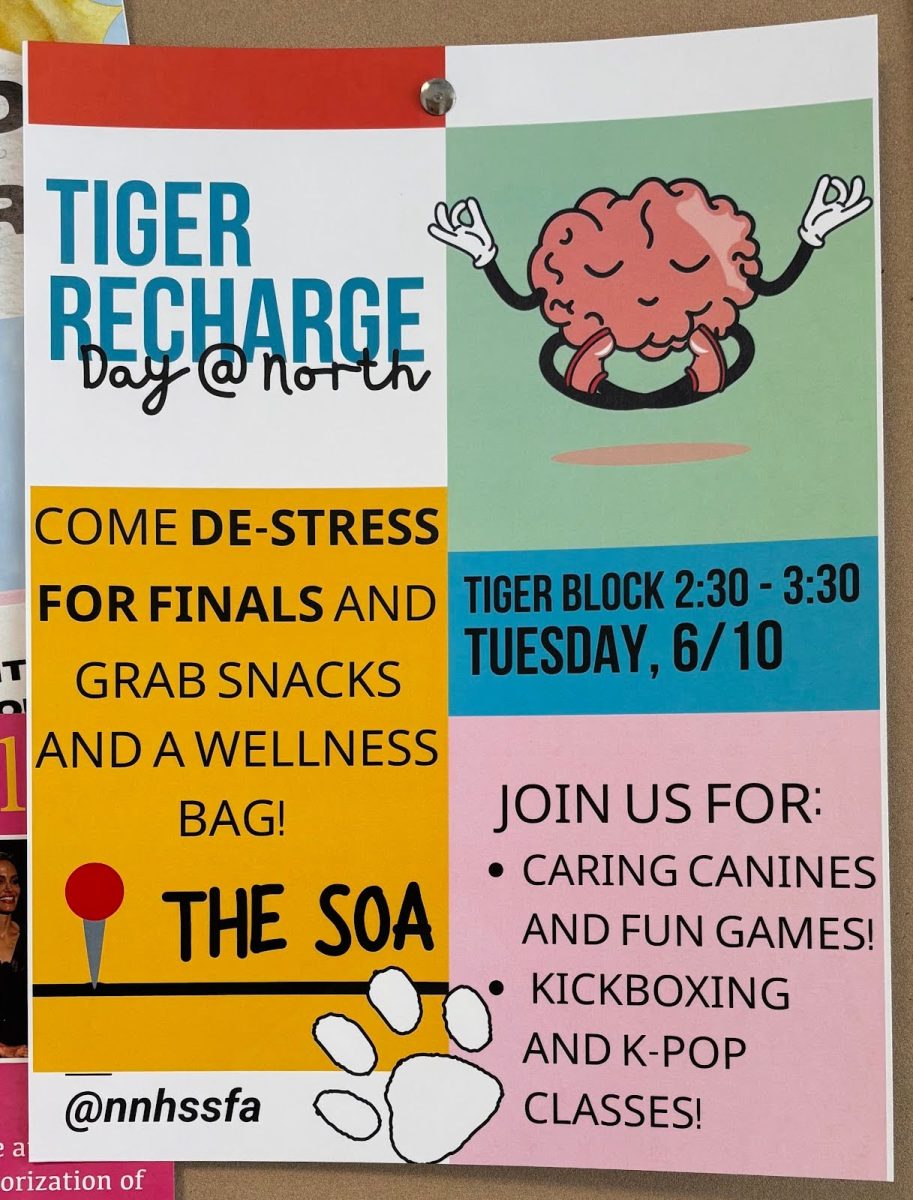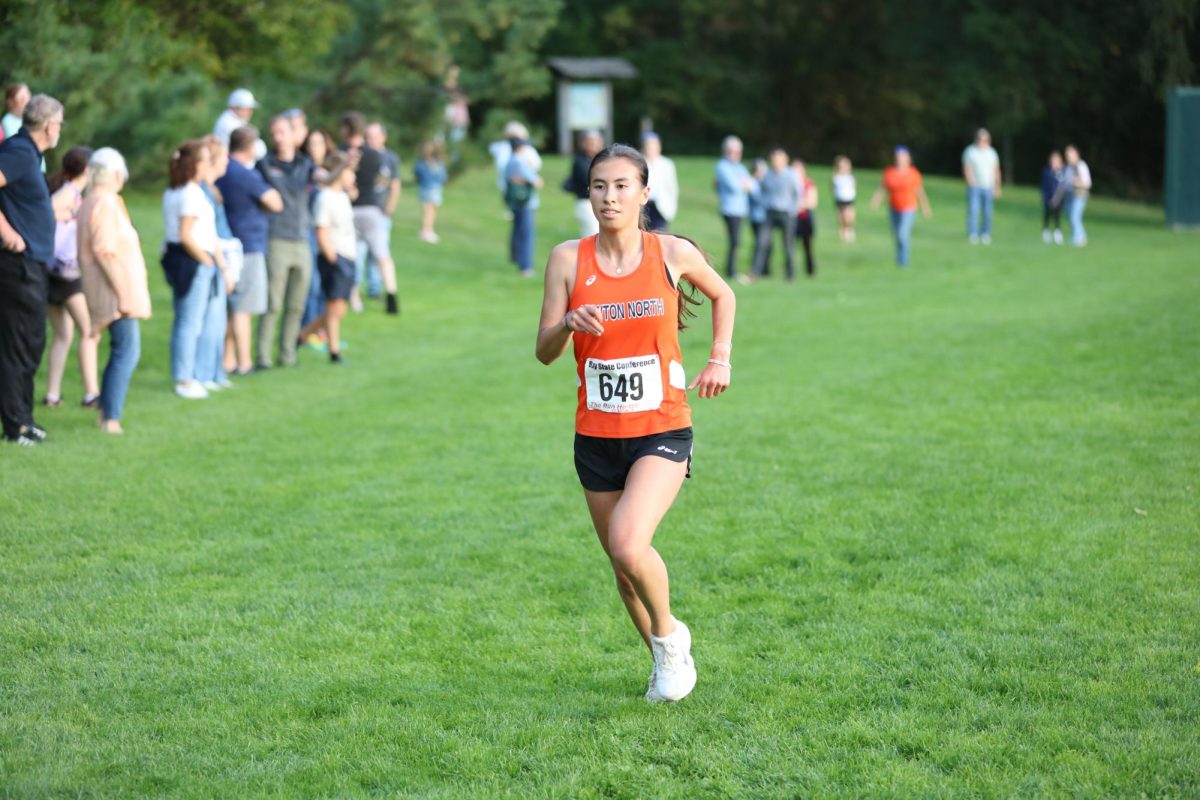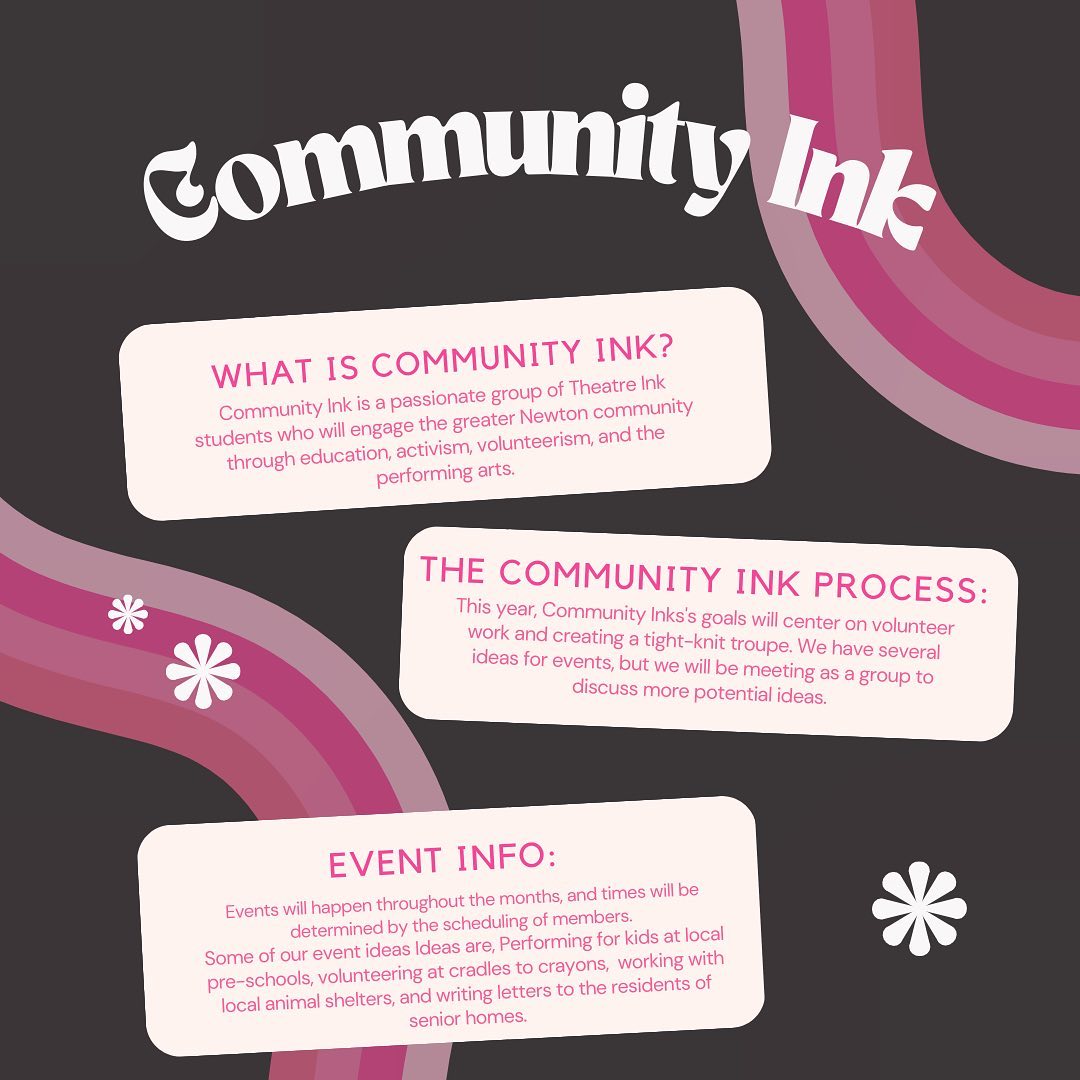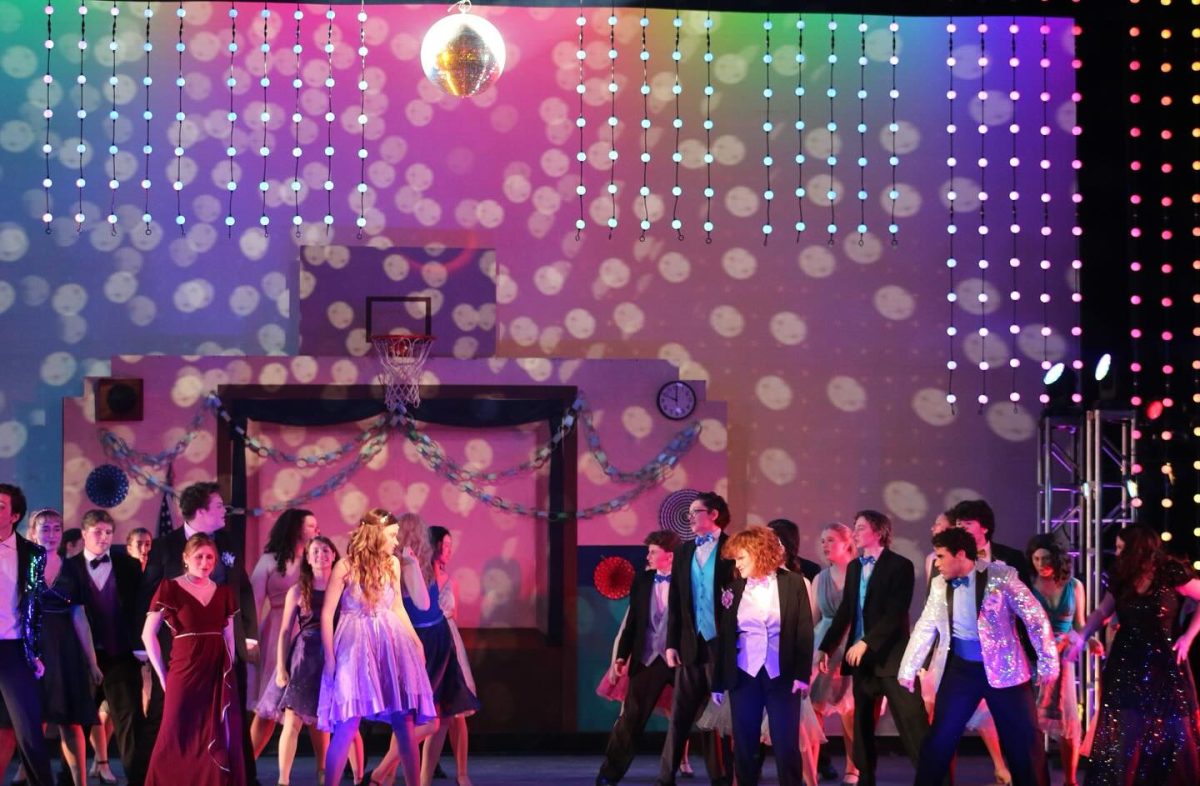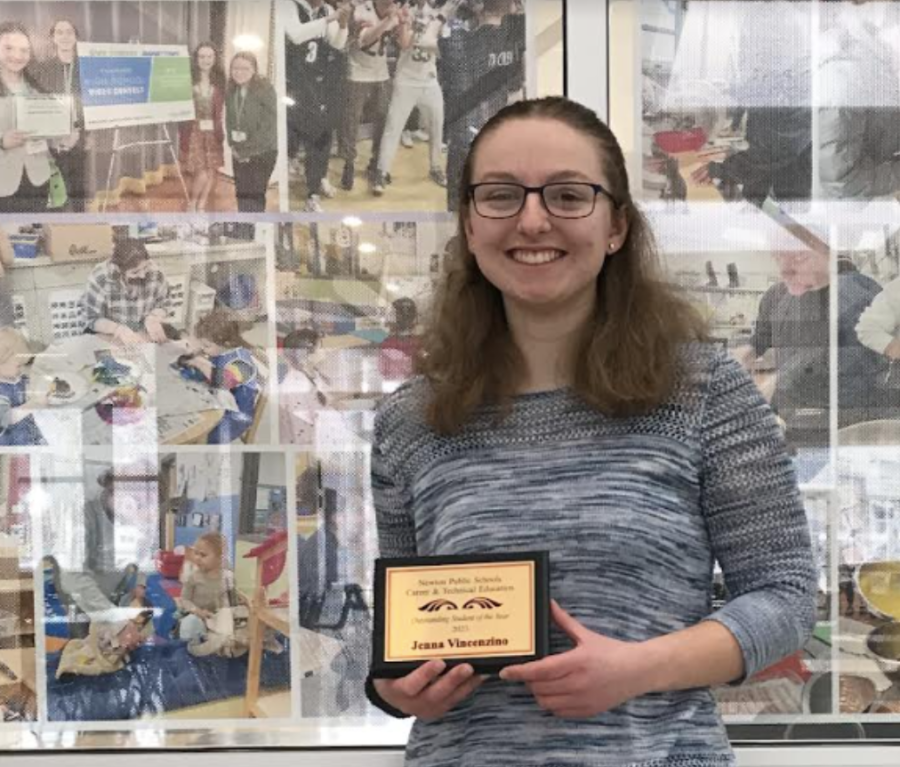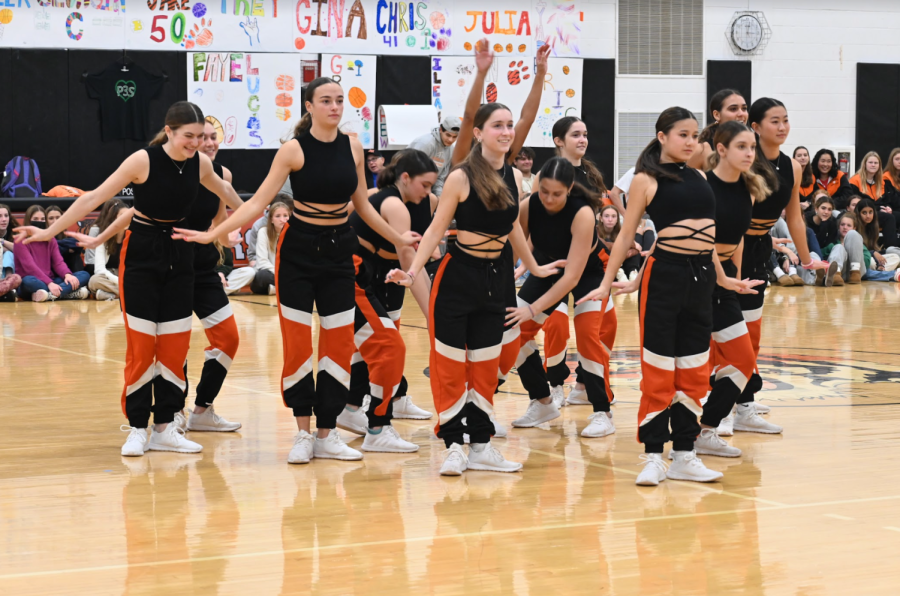by Jonny Levenfeld
English teacher Janice Miller and history teacher Susan Wilkins discussed the historical roots of body image in society and literature today E-block in the auditorium as part of Body Confidence Day. Photoshop expert and New England School of Photography teacher Caleb Cole finished the block with a brief photoshop demonstration.
Wilkins began by explaining that the ideal body type for women has greatly changed over the years due to a variety of historical forces. She then traced body image through five historical time periods while Miller explained the effects of literature on body image in each respective era, noting that women in literature “reflect certain visions of beauty and question then.”
The presentation started by describing body image in the Renaissance, when the ideal woman was quite heavyset compared to modern standards. According to Wilkins, a large, full figure was a sign of health and prosperity, while a slim figure was typically associated with poverty. Also, given the high infant mortality rate during the Renaissance Era, paintings often depicted women with wide hips as a sign of reproductivity.
The presentation then shifted to the Victorian Era, in which pale, small-waisted women became the ideal body type. Wilkins explained that many middle class women had enough wealth to invest heavily in fashion, and as a result, most women were completely clothed with a corset and a series of undergarments.
In the 1920s, or the era of the “Flappers,” women abandoned corsets for more androgynous clothing primarily because of World War I, according to Wilkins. Because the war removed a sizable workforce of men, women were expected to fill in, and they could not go into work dressed in extravagant clothing. In addition, society began to question the older generation and establish new trends after the devastation of the war.
Wilkins explained that the 1930s through the 1950s displayed women with ideal body types throughout the United States on calendars, postcards, and advertisements. Marilyn Monroe, widely considered one of the most beautiful women of this era, was estimated to have had a clothing size between 10-14. Today, society deems the ideal size for women to be roughly 0-2.
The last historical period illustrated the growing trend of underweight women being viewed as attractive. According to Wilkins, thinness was no longer viewed as a sign of misfortune, and women aimed to reject their traditional image as mothers and housewives.
In terms of overall trends, Wilkins pointed out that the less dependent women were on men, the more they tended to have a slighter, less bodacious frame.
Miller and Wilkins concluded by sharing several disturbing statistics, including that today’s average model weighs 23% less than the average female. Moreover, merely 4% of women consider themselves attractive and roughly 75% of normal-weighted college students constantly think about their body image.
Addressing the absence of males in the presentation, Wilkins noted that “men have had power and money and influence, so body image has not been as much of a concern for them.” However, she also added that body image concern for men has been “a growing problem in the last twenty years.”
Miller stressed that we should not get too comfortable with today’s perception of body image, as it is constantly evolving. “Body image has changed over time and it will continue to change in the future,” she said.
Cole then took the stage, describing how photoshop experts like himself spend hours upon hours touching up images of female models by removing wrinkles, expanding thigh gaps, and changing body positions among other things. Cole also revealed that magazines will go as far as changing the skin tones of women to make them appear lighter.
Due to technical difficulties, a planned photoshop demonstration was cancelled.





